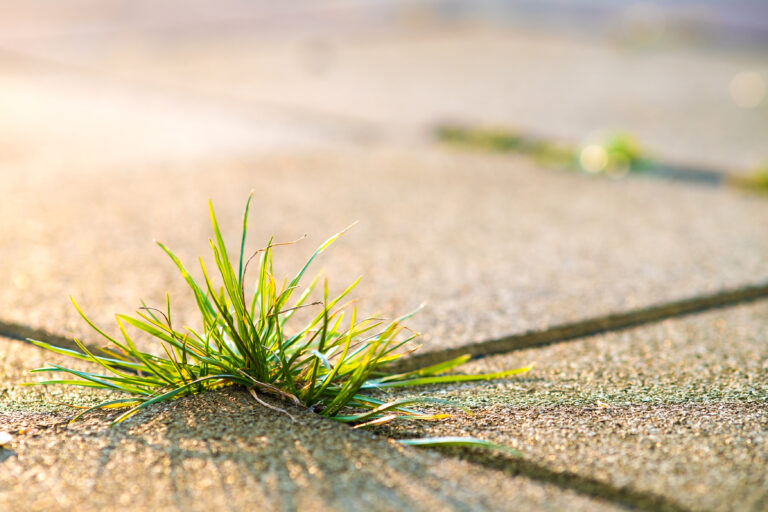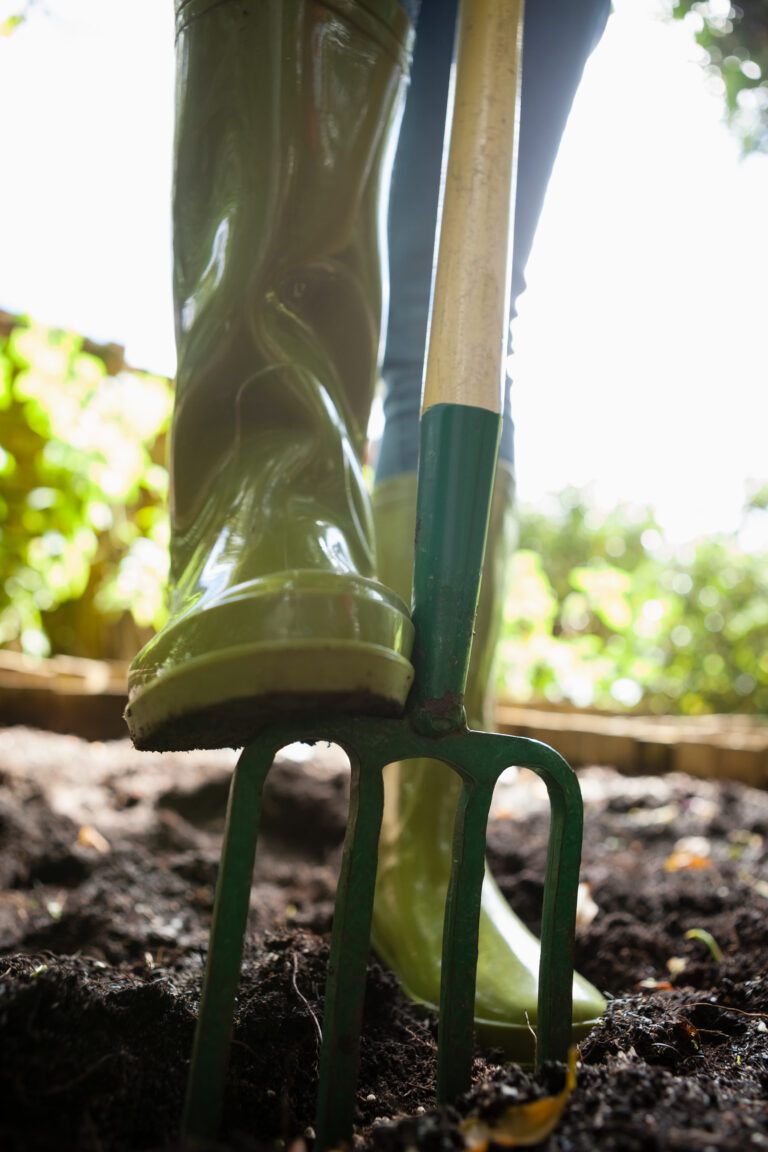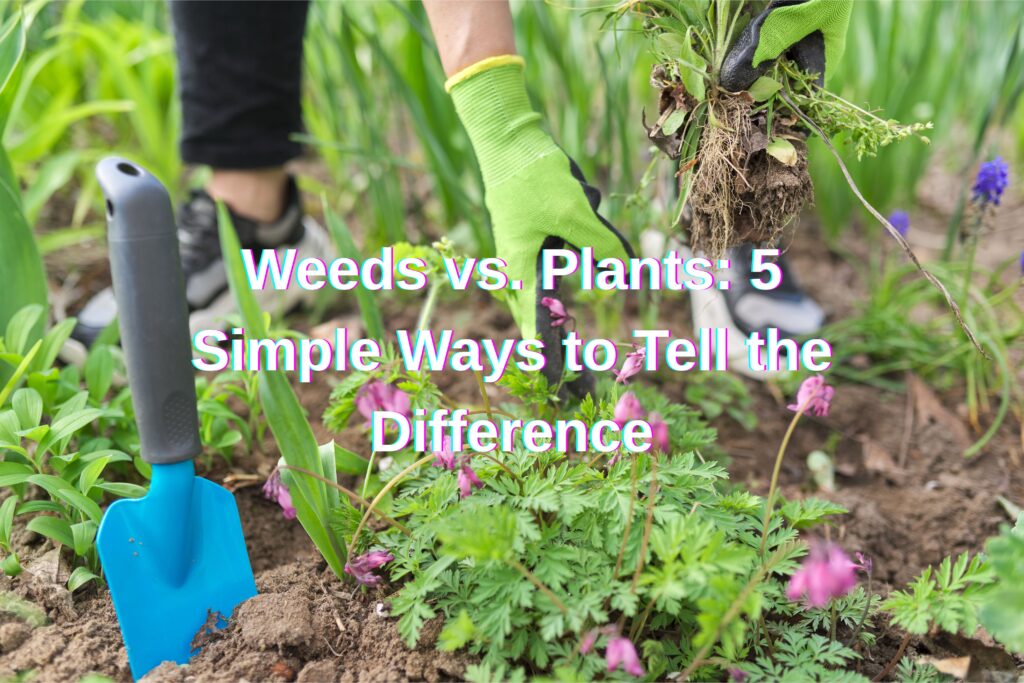Table of Contents
1. Growth Pattern and Speed
Weeds have a biological edge—they’re designed to grow fast and adapt quickly to their environment. Their rapid growth is one of the easiest signs to spot. While your perennials or vegetables may take days or even weeks to germinate, weeds can shoot up seemingly overnight.
Example:
Dandelions and crabgrass can grow noticeably within a day or two, especially after rain. If you notice a plant springing up and growing aggressively in a short time frame, chances are it’s not something you planted.
Pro Tip:
Check the plant’s progress daily. Fast, sprawling growth—especially when compared to other plants around it—is a major red flag.
2. Location and Spacing
Have you ever noticed something growing along the edge of a sidewalk or in cracks of your driveway? Weeds are opportunistic—they thrive in disturbed soil and will take root in any space where they can find a foothold.
Example:
Common weeds like chickweed, plantain, and clover often show up in lawn patches and border beds where they weren’t intentionally planted. If something appears in a random, messy pattern or grows far away from your plant beds, it’s probably not a friend.
Pro Tip:
Keep a detailed planting map or use plant markers. This helps you track exactly what was planted where, so you can quickly identify anything unexpected. To explore more on weed identification, then read here 17 Lawn and Garden Weeds: How to Identify and Control Them.

3. Leaf Shape and Texture
Many weeds have distinctive leaf features that set them apart from common garden plants. While cultivated plants tend to have uniform, symmetrical foliage, weeds can have jagged, asymmetrical, or hairy leaves. Some may even have thorns or sticky sap as defense mechanisms.
Example:
Thistles have prickly leaves and sharp edges that most gardeners wouldn’t intentionally plant. Purslane, on the other hand, has succulent-like leaves but spreads aggressively and is considered a weed in most settings.
Pro Tip:
Compare the leaf shape with a photo database or garden app. If the leaf looks coarse, spiny, or wildly different from nearby plants, it’s worth investigating further.
4. Root System
A plant’s root system can reveal a lot about its identity. Weeds often develop strong, deep, or spreading roots that make them difficult to remove. These roots help weeds regrow even after being cut or pulled at the surface.
Example:
Dandelions have long taproots that anchor them deep in the soil. If you don’t remove the entire root, the plant will return. Creeping Charlie spreads via stolons (horizontal stems that root as they grow), quickly forming thick mats.
Pro Tip:
Use a garden fork to gently lift suspect plants. Observe the roots—fibrous and spreading root networks usually indicate a weed, especially if they seem to dominate nearby plant roots.

5. Flowering and Seeding Behavior
While flowering might seem like a good sign, it can actually be a weed’s way of spreading quickly. Many weeds bloom early and often, producing vast numbers of seeds in a short period. These seeds are usually lightweight and easily dispersed by wind, animals, or water.
Example:
Dandelions again are a great example—they flower early in the season, and each puffball releases dozens of seeds into the wind. Other weeds like bindweed produce attractive white flowers but spread aggressively underground.
Pro Tip:
Keep an eye out for early bloomers. If you spot flowers on a plant that wasn’t part of your plan, especially during off-seasons, it could be a weed trying to go to seed.



